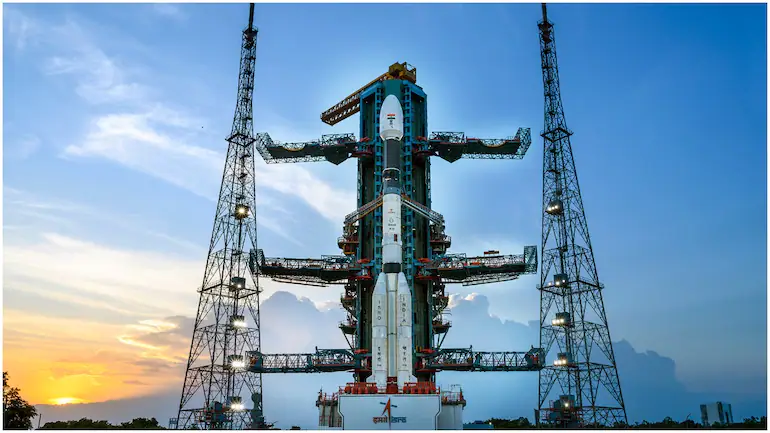
The goal of the mission was to give continuous imaging of enormous region locales at successive stretches, for speedy checking of cataclysmic events and acquire phantom marks for horticulture, ranger service, water bodies just as for catastrophe notice, twister observing, deluge and tempest observing.
The Indian Space Research Organization (ISRO’s) central goal to put its Earth Observation Satellite EOS-03 “couldn’t be cultivated completely” due to a peculiarity, the space office said after the dispatch early toward the beginning of today.
The GSLV-F10/EOS-03 took off took off from the Satish Dhawan Space Center, Sriharikota at 5.43 am today following a 26-hour commencement.
However, right away thereafter, it was reported in the Mission Control Center by the Range Operations Director “mission couldn’t be refined completely because of execution abnormality”.
“Execution peculiarity saw in the cryogenic stage. The mission couldn’t be refined completely,” the reach tasks chief reported at the Mission Control Center.
Afterward, ISRO Chairman K Sivan said, “(The mission) couldn’t be completely refined mostly in light of the fact that there is a specialized peculiarity seen in the cryogenic stage. This I needed to advise to every one of my companions.”
After the commencement initiated, researchers were occupied with the filling of forces for the four-stage rocket at the Satish Dhawan Space Center, Sriharikota, around 100 kilometers from Chennai.
The launch was originally planned in April or May but was postponed due to the second wave of the COVID-19 pandemic.
This was the second flight for the GSLV or Geosynchronous Satellite Launch Vehicle (GSLV) Mk II, which had last blasted off with Chandrayaan-2 moon mission spacecraft.
The dispatch was a genuinely normal occasion. ISRO has a few earth perception satellites in circle, despite the fact that this is just the second one with the new classification that ISRO began to utilize last November.
The rocket for Thursday’s flight, the GSLV-F10, is outfitted with a recently planned payload transporter at the top. The state of the transporter has been intended to fundamentally diminish streamlined drag, and permits the rocket to convey a lot greater payloads.
EOS-03 was dispatched in front of EOS-02, which has been deferred. EOS-02 is currently planned for a dispatch in September-October. That jump start will evaluate another rocket — SSLV, or little satellite dispatch vehicle. However India has created four rockets till now — SLV, ASLV, and various forms of PSLV and GSLV — just two are as of now functional. The SSLV is intended to take into account the expanding interest for dispatch of little satellites, mostly from organizations and colleges; it costs considerably less and burns-through less energy.
